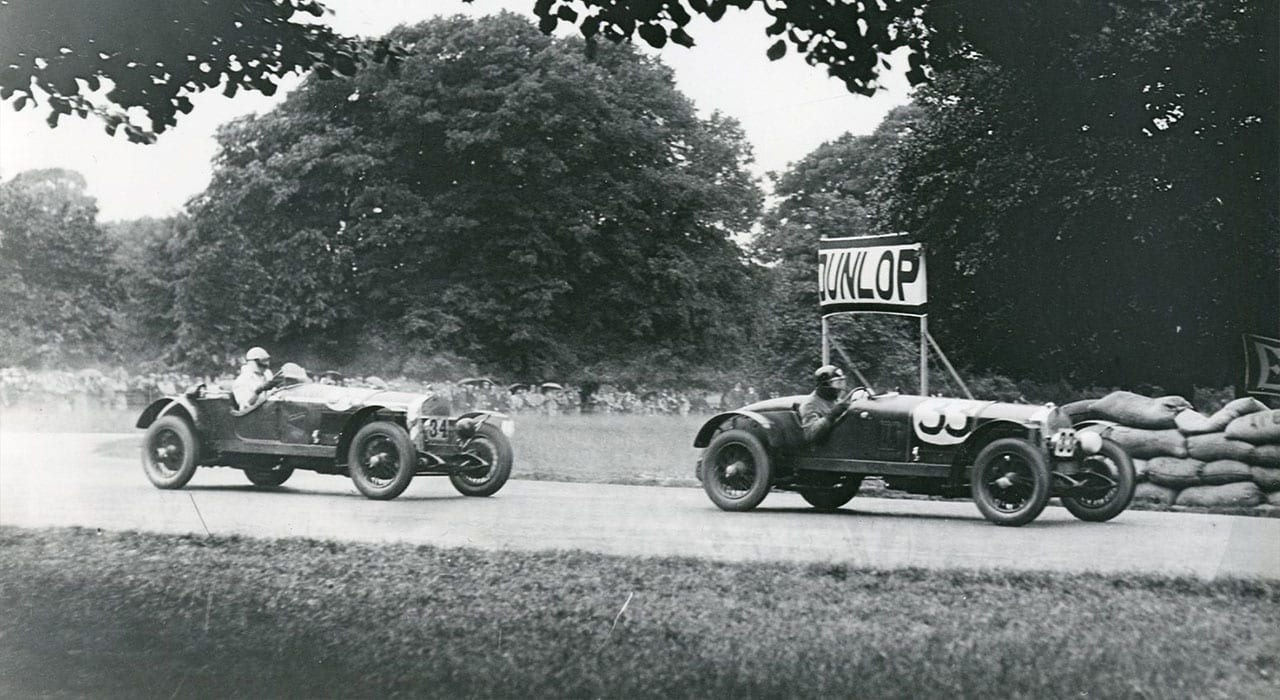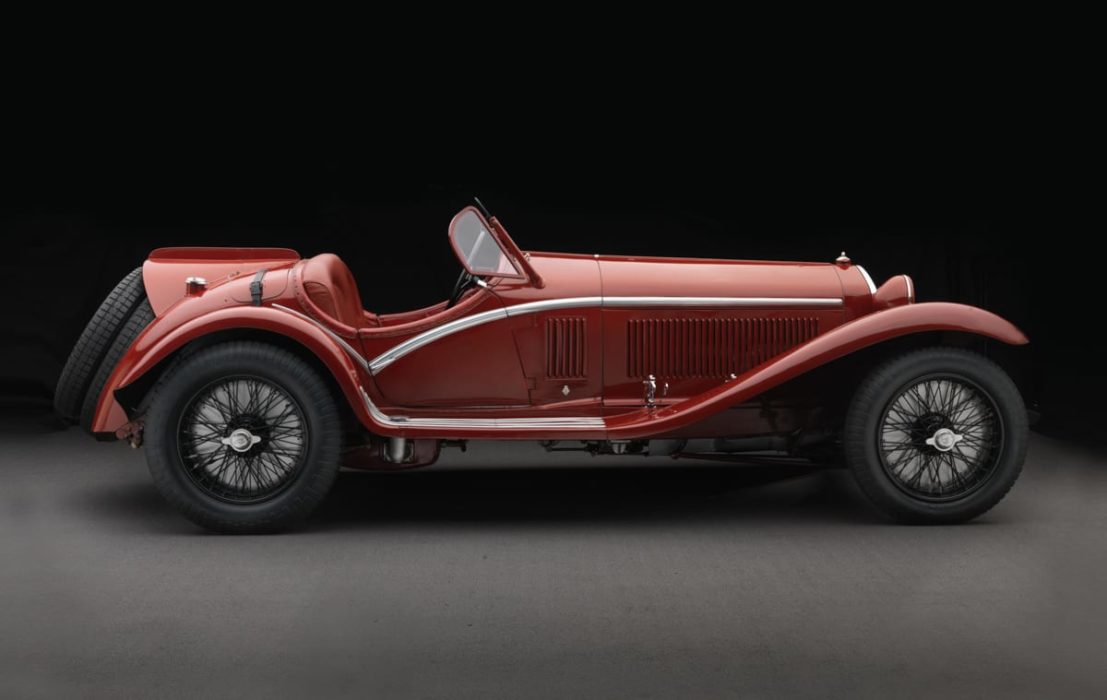Tech Specs
Eight-cylinder in-line engine, double overhead camshafts, two valves per cylinder, Roots-type supercharger, 2336 cc, 142 hp at 5000 rpm.
Before/After
1934 Alfa Romeo


About the 1934 Alfa Romeo Tipo 8C 2300 Spider
One of the most telling statements one can make about the 2300 Alfa Romeo is that motoring historians routinely delight in discerning its faults, conceivably because that indicates the thoroughness of their research. After all, it is difficult to criticize a car that won Le Mans in four successive years, and which seemed to regard the Mille Miglia as its private territory.
Zero to sixty in under ten seconds was astounding acceleration in the early thirties. This Alfa managed such times with aplomb. As a driver’s car, the 2300 had no master, and few peers. Its flexibility flabbergasted sportsmen of the era – docile in traffic, the supercharged 2300 was feral on the open road. One driver commented that upon approaching a curve, he felt an irresistible urge to go faster. Another demonstrated the car’s stability and precision by driving 100 mph on a straight road – with arms folded in front of him. The 2300 Alfa seemed to invite impetuous exhibitions.
The car itself was no-nonsense, thanks to chief engineer Vittorio Jano. Alfa’s ascendance to world fame in motor sport had followed his arrival at the Milanese company in 1923. The 2300 was simply the next in a series of superb designs which had commenced with the P2 Grand Prix car that had won its first race its first time out in 1924. The 2300 was designed to ensure continued Alfa Romeo eminence in sports car competition.
Yet the 2300 was also a production car available in 122-inch lungo (long) and 108-inch corto (short) chassis versions for about $10,000. From 1931 through 1934, just 188 of both were built, mostly two seaters, many of them with Touring coachwork, as you see here. With the driver sitting high in the cockpit, checking the cowl-obstructed dashboard instruments strained the neck of anyone reasonably tall. But this was a minor inconvenience given the gloriously unobstructed view down that long hood. Most telling, the performance promised persuaded more than a few Bugattistes to switch allegiance to Alfa.
Photos – Peter Harholdt












